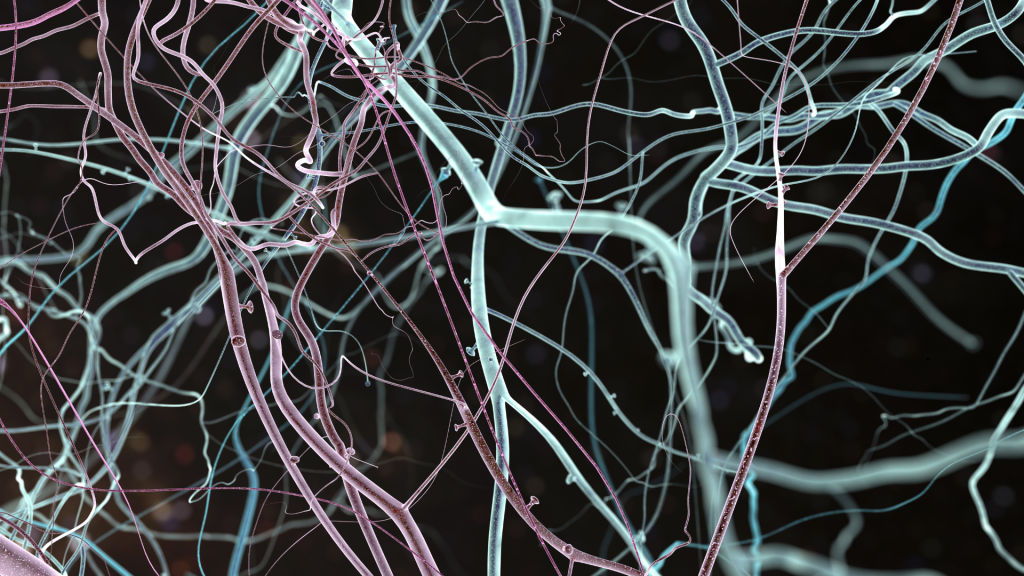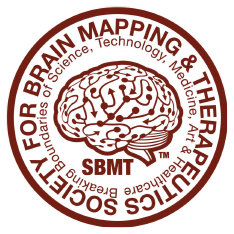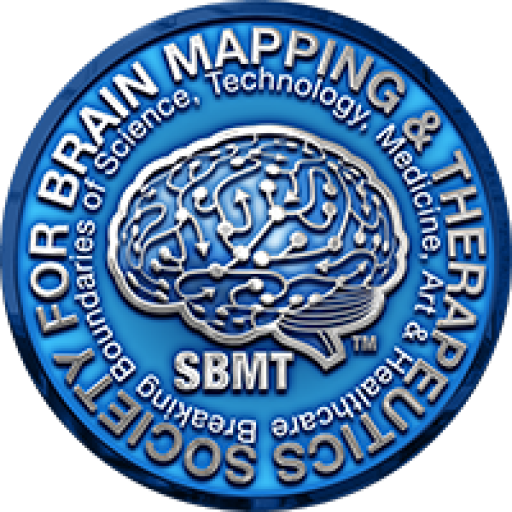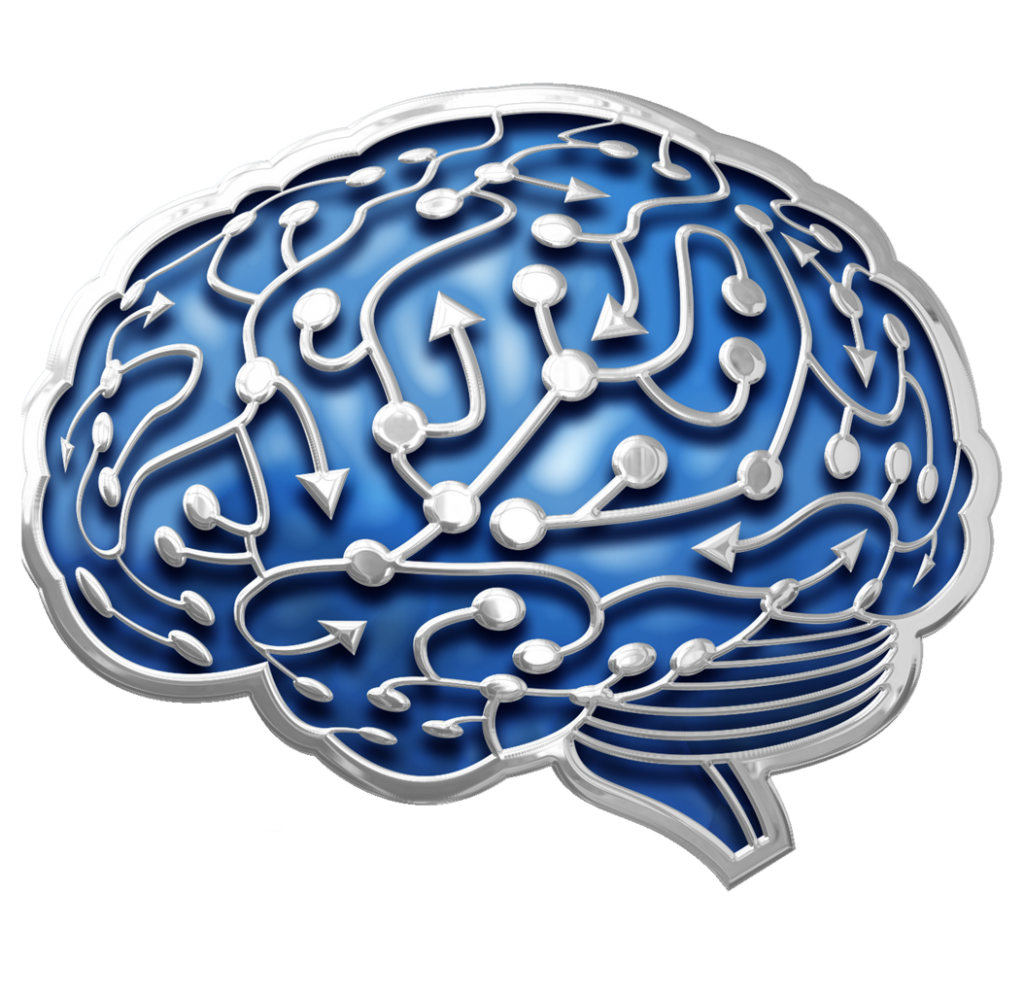
Hands-On Analysis of Neuroimaging Data: Using Software Tools like FSL, SPM, and FreeSurfer
Objective:
To provide a hands-on understanding of how to analyze neuroimaging data using popular software tools such as FSL, SPM, and FreeSurfer.
Introduction to Neuroimaging Data Analysis:
Neuroimaging data analysis involves extracting meaningful information from raw images of the brain. With the advancement of neuroimaging techniques, researchers and clinicians now have access to large datasets that provide insights into brain function and structure. Software tools like FSL, SPM, and FreeSurfer are essential for processing, analyzing, and visualizing this data, making them integral to both research and clinical neuroimaging.
Key Concepts in Neuroimaging Data Analysis:
- FSL (FMRIB Software Library):
- FSL is a comprehensive library of analysis tools used for processing functional MRI (fMRI), structural MRI, and diffusion tensor imaging (DTI) data. It includes tools for preprocessing, statistical analysis, and visualization.
- Applications:
- Preprocessing and analysis of fMRI data.
- Brain segmentation and cortical surface analysis.
- Tractography in DTI.
- SPM (Statistical Parametric Mapping):
- SPM is a software suite used for the analysis of brain imaging data, particularly for statistical analysis of fMRI, PET, and structural MRI data.
- Applications:
- Statistical analysis of brain activity in fMRI.
- Voxel-based morphometry (VBM) for structural MRI data.
- Connectivity analysis in neuroimaging data.
- FreeSurfer:
- FreeSurfer is a widely used tool for cortical surface reconstruction, providing detailed measurements of cortical thickness, surface area, and subcortical volumes.
- Applications:
- Cortical and subcortical segmentation.
- Surface-based analysis of fMRI data.
- Longitudinal analysis of brain changes.
Practical Applications of FSL, SPM, and FreeSurfer:
- Preprocessing and Statistical Analysis:
- Software like FSL is crucial for preprocessing neuroimaging data, including motion correction, skull stripping, and normalization. SPM provides tools for statistical analysis, allowing researchers to identify brain regions activated during specific tasks or in response to stimuli.
- Cortical and Subcortical Analysis:
- FreeSurfer is invaluable for performing cortical surface analysis, enabling detailed measurements of the cortical thickness and identifying structural changes in neurodegenerative diseases.
- Visualization of Results:
- These tools also offer powerful visualization capabilities, allowing users to generate 3D representations of brain activity and structural changes. This is useful for interpreting complex neuroimaging data and presenting findings in a user-friendly format.
Real-World Example:
- fMRI and Task-Based Studies:
- Using FSL, researchers can preprocess and analyze task-based fMRI data, identifying brain regions involved in specific cognitive tasks. For instance, FSL’s FEAT tool is often used to analyze resting-state fMRI data, identifying brain networks involved in default mode or executive functions.
Case Study:
- Alzheimer’s Disease and Cortical Thickness:
- Researchers using FreeSurfer to analyze structural MRI data found a decrease in cortical thickness in the hippocampus, a region critical for memory. This finding was associated with cognitive decline in Alzheimer’s patients, providing an early biomarker for the disease.




